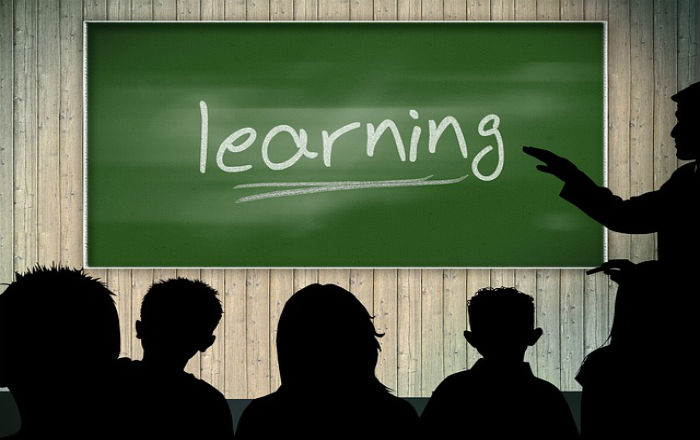OPINION: The ironic demise of the Utah Democratic Party and why education was the loser

Written by Marcos Camargo
Nobody who knows anything about politics would place Utah on a list of liberal states. Utah can’t even qualify as moderate. With a super majority in both the State Senate and House, the Republican Party runs unfettered through the halls of Utah government.
Following the 2014 arrests of two former Utah Attorneys General, Mark Shurtleff and John Swallow, on charges of bribery and corruption, one might assume voters would recognize the dangers of a single party rule—but not in Utah. Instead, the electorate quickly selected another GOP good ole boy, Sean Reyes, as the state’s highest-ranking law enforcement officer. As one of his first acts, Reyes abandoned his party’s alleged commitment to fiscal conservatism and spent $2 million to challenge a federal court’s ruling that struck down Utah’s ban on same sex marriage.
But Utah has not always been wholly controlled by the Republican Party. As recently as 1980, Utah voters elected a Democratic governor, Scott Matheson. During Matheson’s tenure from 1977 through 1984, a series of events led to the total demise of Democratic influence in Utah. Among these events, two major political issues stand out as the primary causes behind the decline of the Utah Democratic Party. The first was liberal support for the Equal Rights Amendment (ERA).
Much can be said about the ERA and the conservative and religious backlash against it, but that is a topic for another time. The second reason, and my focus here, was the decision of the Carter administration to place the Central Utah Project (a behemoth federally funded water infrastructure venture) “on a hit list” of federal reclamation projects deemed “economically and environmentally unsound.”
Ultimately, this issue rang the final death knell for Utah Democrats. How ironic that a state whose majority eschews high taxes and government spending would abandon the Democrats for cancelling a project considered economically unfeasible and too expensive for taxpayers to afford.
So now that the Republican Party has wrestled a stranglehold on the Utah Legislature and Governor’s mansion for nigh on 30 years, what has been the result? While it hasn’t been an entirely negative time period, it certainly hasn’t been a conservative Utopia either.
There have been a few positive factors one might be able to argue resulted from GOP dominance. For example, Utah’s consistently balanced budget has been attributed to Republican control; unlike states such as California, Utah has never suffered a string of city bankruptcies.
Another success conservatives like to cite is Utah’s slow but consistent transformation from a colonial economy (one based on providing labor rather than capital, and raw material rather than manufactured goods) into an enterprise economy (one in which the capital stays within the state). This economic growth came about in large part because of Utah’s culture of promoting small business, which conservatives attribute to GOP policies. However, it’s impossible to know if these improvements came about because of Republican control, or if these developments would have occurred anyway.
We can, however, observe a connection between Utah’s political pitfalls and its three-decade commitment to a single party hegemony. Utah’s most glaring public policy shortfall, and one that irks me to my core, is the GOP’s lack of commitment to education—Utah ranks among the lowest in per capita education spending.
Yet despite low state taxes, 2013 ended with a $242 million budget surplus. Then 2014 followed suit with another surplus of $166 million. The question arose, what should be done with this monetary windfall? Those who see education spending for what it is—a valuable investment in the future—cried out for the extra money to be pumped into Utah’s public schools and universities. Now, finally, governor Herbert and a growing number of Republicans are beginning to push for better school funding, but resistance from hardline conservatives still exists.
I’m glad to see that some GOP legislators are starting to come around. But why has it taken this long to make a move toward funding the most important investment in Utah’s future? The disregard for future generations is the result of letting one party control the dialogue for too long. Had both parties been more equally represented in Utah, the problems of funding public education would have been solved years ago.
 Marcos grew up in the rural heartland of Oregon. In 2003 he moved to Utah to find his place in the world and fell in love with the deserts of America’s arid country. An avid student of history and politics, he has a great interest in Western and Native American history and culture. He spends his free time exploring the wilderness of the Southwest.
Marcos grew up in the rural heartland of Oregon. In 2003 he moved to Utah to find his place in the world and fell in love with the deserts of America’s arid country. An avid student of history and politics, he has a great interest in Western and Native American history and culture. He spends his free time exploring the wilderness of the Southwest.



